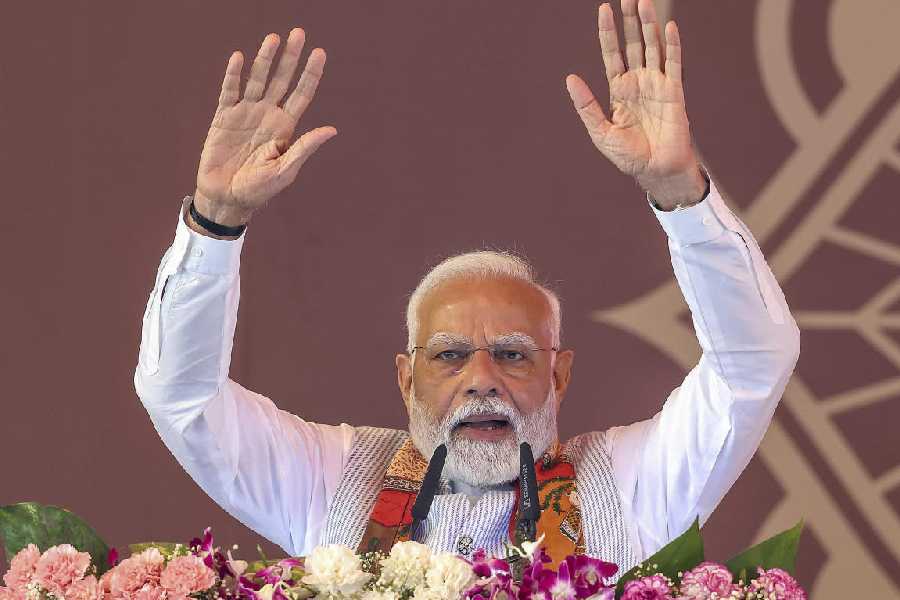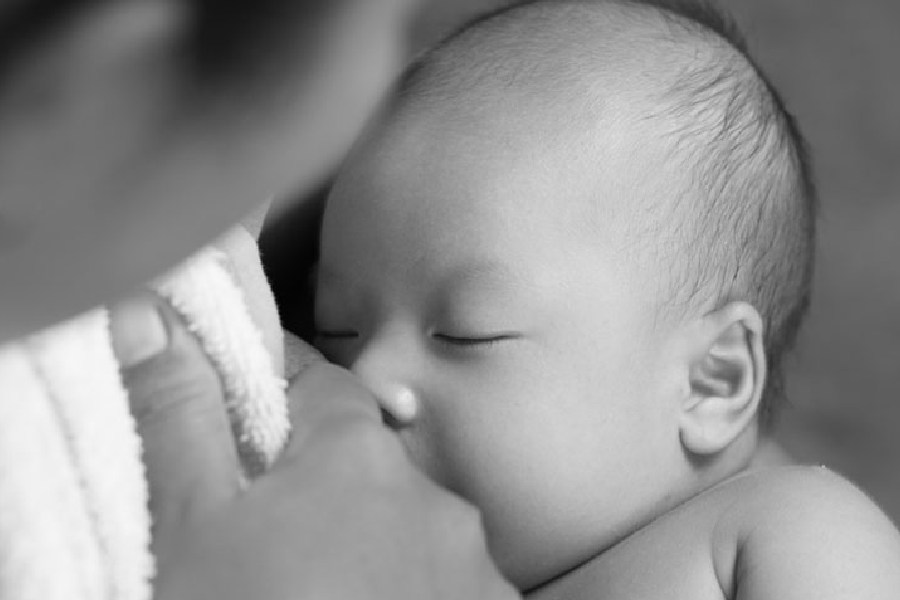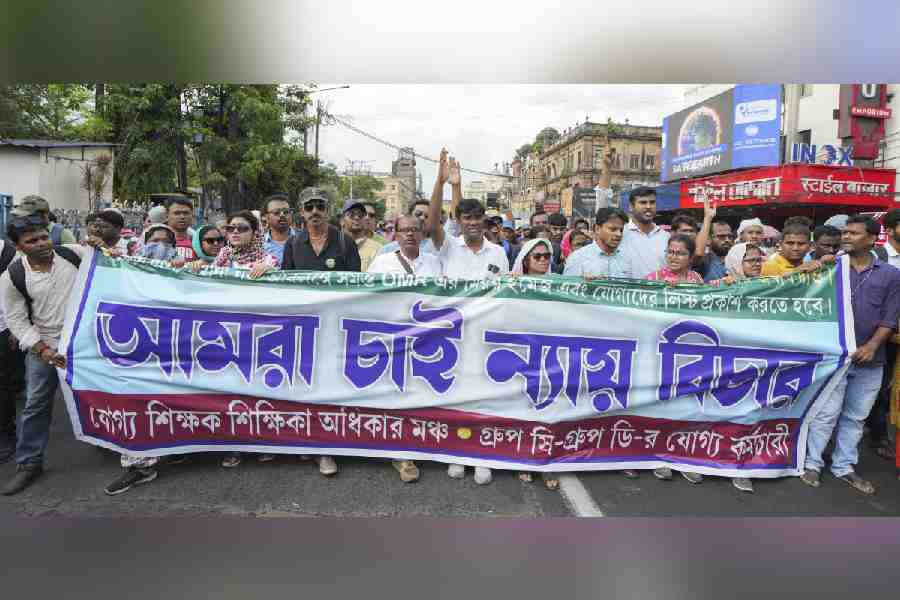 |
| Actor-cum-entrepreneur Poonam Dhillon at the India-EU Summit in New Delhi. (PTI) |
London, Sept. 7: As Tony Blair and Manmohan Singh held talks today on how to implement the Indo-British “strategic partnership”, the two Prime Ministers could rely on a very positive report about Indians published in London.
The report confirmed what everyone knows ? Indians in Britain are doing very well, the Pakistanis relatively badly and the Bangladeshis very, very badly.
The problem, as some see it, is that Indians are now lumped together with Pakistanis and Bangladeshis under the catch-all phrase “Asians”.
This is not an occasion for Indians to gloat, however. Policy planners say that if help is directed to those who really need it, then it becomes important to recognise that Indians are at the top of the tree and require less assistance than Pakistanis or Bangladeshis.
Indian newcomers to Britain, many of who work in IT and banking, have a higher proportion of high earners than Indians who have been settled in the UK for decades, according to the research.
Among Indians who arrived in Britain between 1991 and 2001, 18 per cent earned more than ?750 a week, which is the definition of a high earner. This compared with only 7.9 per cent for Indians who have been settled in Britain for many years.
The Indian newcomers rank seventh in the league table of high earners among recent arrivals, after the US, Sweden, Netherlands, Australia, New Zealand and Japan. The average figure for high earners among newcomers is 7 per cent.
The economic analysis has been done by the Institute of Public Policy Research, which commissioned Sheffield University to break down data from the 2001 census.
The Indian-origin population in the UK was reckoned to be 1.05 million in 2001, but this includes Indians born in India, people who consider themselves to be of Indian origin but were born in East Africa and elsewhere, and of course, their children born in the UK.
Sarah Kyambi, a research fellow at the IPPR and author of the report, Beyond Black and White: Mapping New Immigrant Communities, published today, told The Telegraph there were changes taking place within the Indian population.
She gave the example of Southall, in west London, which has been home to the Punjabi population since the start of substantive Indian immigration to the UK in the 1960s.
“Southall is seen as an Indian area but the Indian population of Southall is dropping,” Kyambi said. “The Indians are moving to leafier suburbs and the Sri Lankans and Somalis are moving in.”
In 1991, the numbers of Indians in Southall who had been born in India stood at 15,089, but by 2001, it had fallen by 864, she said.
Kyambi said there were big differences in the economic performances of Indians, Pakistanis and Bangladeshis, “yet in public policy and race documents they are grouped together as ‘Asians’. Race policy has to be much more sensitive and finely tuned”.
The breakdown of the 2001 census was done by the Social and Spatial Inequalities Research Group led by Danny Dorling, professor of human geography at Sheffield University.
In his interview with The Telegraph, Dorling said London, where one in four persons was born abroad, “is the most mixed city in the world, more so than New York. The UN recognises 196 countries ? and all are represented in London.”
The key findings in today’s report are:
• Immigrants made up 7.5 per cent of the UK population in 2001, compared to 5.7 per cent in 1991, an increase of 1,147,905 people.
• The top overseas birthplace in 2001 was Ireland, accounting for 494,850 people, followed by India, listed as birthplace for 466,416 people.
• Forty-one per cent of immigrants are based in London, making up 25 per cent of the capital’s population.










